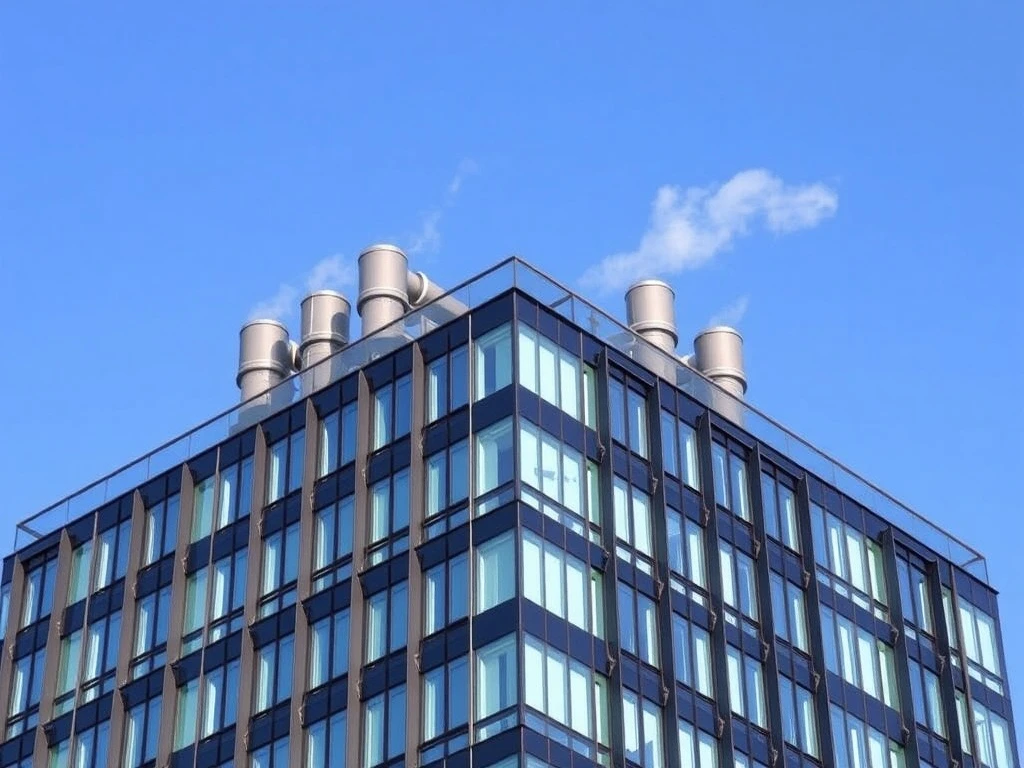As Chelmsford’s skyline transforms with towering residential and commercial developments, effective smoke ventilation becomes the critical lifeline that protects lives and properties from fire emergencies. Property managers and developers across Essex now face urgent safety demands that require expert solutions.
Why Smoke Ventilation Matters in Essex High-Rises
Modern high-rise buildings present unique fire safety challenges that demand specialized smoke ventilation systems. Unlike traditional structures, tall buildings allow smoke to spread rapidly through vertical pathways, creating life-threatening conditions within minutes. Essex’s growing urban centers, particularly Chelmsford and Colchester, require robust protection measures.
Key Challenges in Local High-Rise Buildings
Essex developers encounter several critical issues regarding smoke control:
- Vertical smoke spread through stairwells and elevator shafts
- Limited escape routes in densely populated towers
- Mixed-use occupancy complicating evacuation plans
- Local climate factors affecting ventilation effectiveness
How Smoke Ventilation Systems Operate
Professional smoke ventilation systems employ two primary methodologies. Natural systems use strategically placed vents and openings, while mechanical systems utilize fans and ductwork for active smoke extraction. Essex buildings often require customized approaches based on specific architectural designs and occupancy patterns.
Compliance Requirements for Essex Properties
UK regulations mandate strict smoke ventilation standards through multiple legislative acts. The Fire Safety Act 2021 and Building Safety Act 2022 impose significant responsibilities on property owners. Local Chelmsford Council additionally requires comprehensive fire safety strategies during planning approvals.
Benefits of Professional Smoke Ventilation
Implementing proper smoke ventilation delivers substantial advantages:
- Enhanced life safety through clear escape routes
- Improved firefighter access and operational effectiveness
- Full regulatory compliance avoiding penalties
- Reduced insurance premiums and increased property values
FAQs: Smoke Ventilation in Essex Buildings
What types of buildings require smoke ventilation systems?
All high-rise residential and commercial buildings exceeding 18 meters height require certified smoke ventilation systems according to UK building regulations.
How often should smoke ventilation systems be tested?
Systems require quarterly functional testing and annual comprehensive maintenance by qualified professionals to ensure compliance and reliability.
Are natural ventilation systems sufficient for Essex high-rises?
While natural systems work for some structures, most modern Essex high-rises require mechanical ventilation due to building complexity and local climate conditions.
What penalties apply for non-compliant smoke ventilation?
Non-compliance can result in substantial fines, enforcement actions, invalidated insurance coverage, and potential criminal liability in case of incidents.
How does local Essex climate affect ventilation choices?
Essex’s coastal winds and weather patterns influence system performance, requiring tailored solutions that account for local environmental factors.
Can existing buildings be retrofitted with proper ventilation?
Yes, qualified specialists can assess existing structures and install compliant smoke ventilation systems through careful planning and engineering.


